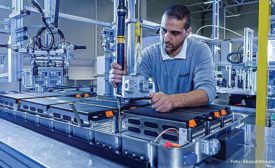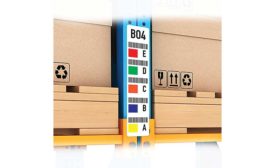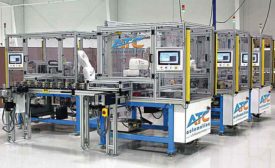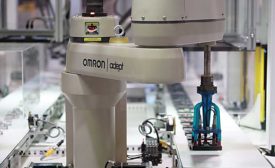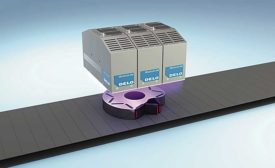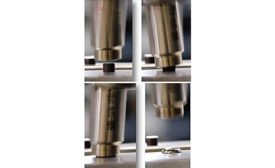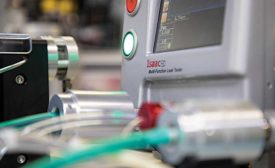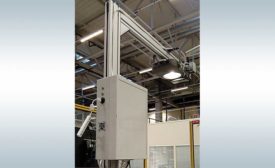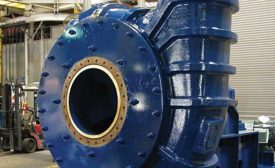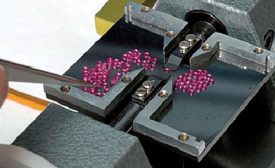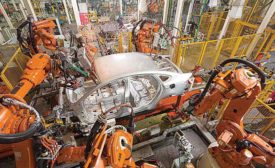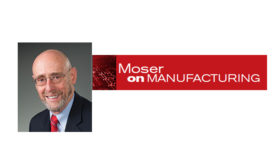Home » Publications » Assembly eMagazine
Assembly eMagazine
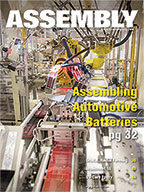
2019 August
Cover Story
Back to TopFeatures
Back to TopSix Reasons for Capital Equipment Disaster
Capital projects fall short of expectations for reasons that are mostly avoidable
August 12, 2019
The Challenge of Automating a Manual Process
A systems integrator can provide invaluable assistance when automating a previously manual process
August 9, 2019
What's New With Orbital and Radial Forming
Reliable for 50-plus years, today’s orbital and radial forming machines also offer flexibility, traceability and servo-driven precision
August 6, 2019
Columns
Back to TopNever miss the latest news and trends driving the manufacturing industry
Stay in the know on the latest assembly trends.
JOIN TODAY!Copyright ©2025. All Rights Reserved BNP Media.
Design, CMS, Hosting & Web Development :: ePublishing
